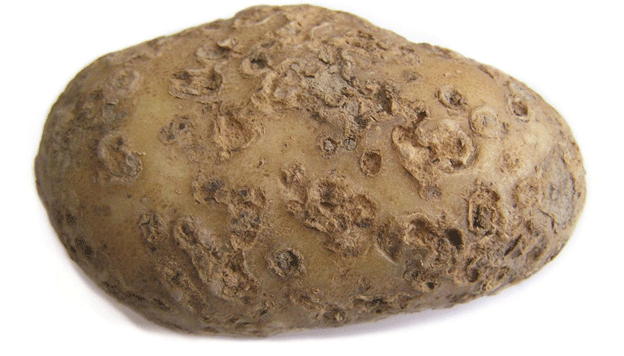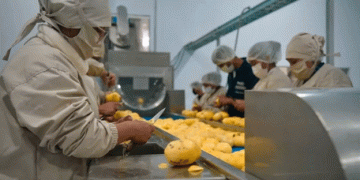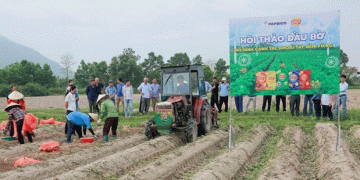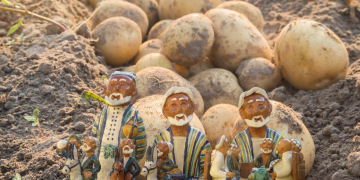In a quiet research field just outside St. John’s, Newfoundland, a decades-old scientific experiment may hold the key to protecting future potato crops from one of agriculture’s most tenacious enemies: potato wart, caused by the soil-borne fungus Synchytrium endobioticum.
Since its discovery in six fields in Prince Edward Island (P.E.I.) in 2021, the disease has led to tens of millions of dollars in losses, halted seed potato exports, and forced the destruction of hundreds of millions of pounds of otherwise edible tubers. It was a blow that continues to ripple through Canada’s most iconic potato-growing region.
What Is Potato Wart—and Why Is It So Hard to Eradicate?
Potato wart is not harmful to humans, but it disfigures tubers, drastically reduces yields, and renders potatoes unsellable. The spores of the fungus can survive in the soil for decades—some studies suggest up to 50 years—making it incredibly difficult to manage once established.
According to Dr. Linda Jewell, a plant disease specialist at Agriculture and Agri-Food Canada’s Avondale Research Farm, it is “a very unusual disease… that doesn’t behave like many other fungi.” Its unique biology makes it nearly impossible to culture in labs, limiting research and delaying breakthroughs.
Currently, there are no fungicides approved in Canada for controlling potato wart in the field. Moreover, the disease has no known curative treatment—only long-term soil quarantine and crop restrictions can contain it.
A National Response to a National Crisis
Following the 2021 detections, the Canadian Food Inspection Agency (CFIA) launched one of the largest soil testing operations in Canadian agricultural history—collecting and analyzing nearly 50,000 soil samples. The immediate response included a four-month export ban to the United States and a ministerial order that still restricts seed potato shipments from P.E.I. to this day.
The impact was brutal. While some potatoes were diverted to food banks, much of the 2021 harvest—hailed as the best in decades—was lost. The crisis even prompted the province to set up a mental health helpline to support distressed farmers.
The Science Behind the Solution: What Avondale Is Doing
Avondale Research Farm is home to the only known field in the world intentionally infected with potato wart for research. Originally inoculated around 50 years ago, it now serves as a vital testing ground.
Current research initiatives include:
- Breeding resistant potato varieties, by screening for natural resistance traits in both modern and heritage cultivars.
- Genetic studies of the pathogen, aimed at finding weak points in its life cycle that can be targeted through treatment or biocontrol.
- Field testing traditional and novel fungicides, to see if any can offer partial suppression.
- Improving diagnostics, to help detect the disease earlier and with greater accuracy in commercial fields.
Still, Dr. Jewell cautions that a usable treatment or management plan is likely “several years away.” The pathogen’s persistence in soil and complex life cycle mean that long-term investment and patience are essential.
The Bigger Picture: Global and Economic Significance
Potato wart is not just a Canadian concern. The disease has been identified in over 15 countries, including Germany, Norway, and parts of Eastern Europe, where it has also led to regional quarantines. As global trade and climate change continue to influence pest and disease spread, concerns about soil-borne pathogens like S. endobioticum are mounting.
In Canada, potatoes represent a $1.5 billion industry, with P.E.I. producing 25% of the country’s potatoes. A disease that limits exports can destabilize entire supply chains, threaten food security, and place enormous stress on growers—particularly those in areas with few alternative crops.
Potato wart is a formidable adversary—long-lived, elusive, and economically devastating. But through committed, science-driven research like that underway at Avondale, the industry is laying the groundwork for future solutions. For now, prevention, containment, and patience remain the most powerful tools. But with every growing season, the urgency increases, and so must the support for this essential research.






